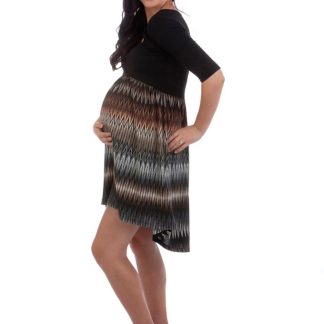We Accept
- MasterCard
- PayPal
- Visa
What’s Hot
PreLoved Maternity
Everything pre-loved is a unique, one-off special maternity item, so if you see something you like, get in quick as everything is ONE only.
If you have any suggestions, feel free to drop me a line..
Contact Me
Product tags
Charcoal Twill Cotton Skinny Leg Maternity Jeans maternity Mid Length Denim Maternity Skirt NEW Black 3/4 Linen Maternity Pants NEW Black Baby Doll Maternity Jumper NEW Black Ballet Style Crossover Maternity Top NEW Black Ballet Style Crossover Maternity Top with Hood NEW Black Foldover Maternity Yoga Pants NEW Black Fully Lined Maternity Jacket NEW Black Long Length Cargo Style Maternity Board Shorts NEW Black Maternity Board Shorts NEW Black Maternity Cardi with Stud Front Opening NEW Black Maternity Dress with Shoulder Embellishment NEW Black Pleated Crossover Corporate Maternity Dress NEW Black Satin Maternity Dress NEW Black Skinny Leg Cargo Pants NEW Black Skinny Leg Cotton Maternity Jeans NEW Black Straight Leg Maternity Pants NEW Bootcut Maternity Speckled Denim Jeans NEW Bronze Satin Maternity Dress NEW Charcoal Feeding Maternity Top NEW Charcoal Grey Maternity Top with Braided Bodice NEW Coral Watermelon Feeding and Maternity Dress NEW Cotton Blend 4 Button Maternity Cardigan NEW Cotton Blend V Neck Maternity Jumper with Ribbing NEW Crop Denim Capri Style Maternity Shorts NEW Crossover Feeding and Maternity Top with Long Sleeves NEW Dark Denim Bootcut Maternity Jeans NEW Dark Denim Maternity Jeans with Contrast Stitching NEW Dark Denim Straight Leg Maternity Jeans NEW Dark Wash Denim Bootcut Maternity Jeans NEW Dark Wash Straight Leg Maternity Jeans NEW Fly Front Medium Wash Maternity Jeans NEW Green Draped Maternity Top NEW Grey Print Maternity Dress NEW Khaki Maternity Cotton Cargo Pants NEW Knot Front Black Maternity Feeding Top NEW M2B Bootcut Maternity Jeans NEW Medium Wash Black Denim Maternity Jeans NEW Medium Wash Denim Bootcut Maternity Jeans NEW Printed Knit Crossover Charcoal Feeding Dress NEW Slouch Style Mint Maternity Singlet with Front Pleats NEW Taupe Foldover Maternity Pants NEW Vintage Wash Motherhood Bootcut Maternity Jeans NEW White Long Sleeved Basic Maternity Top





















